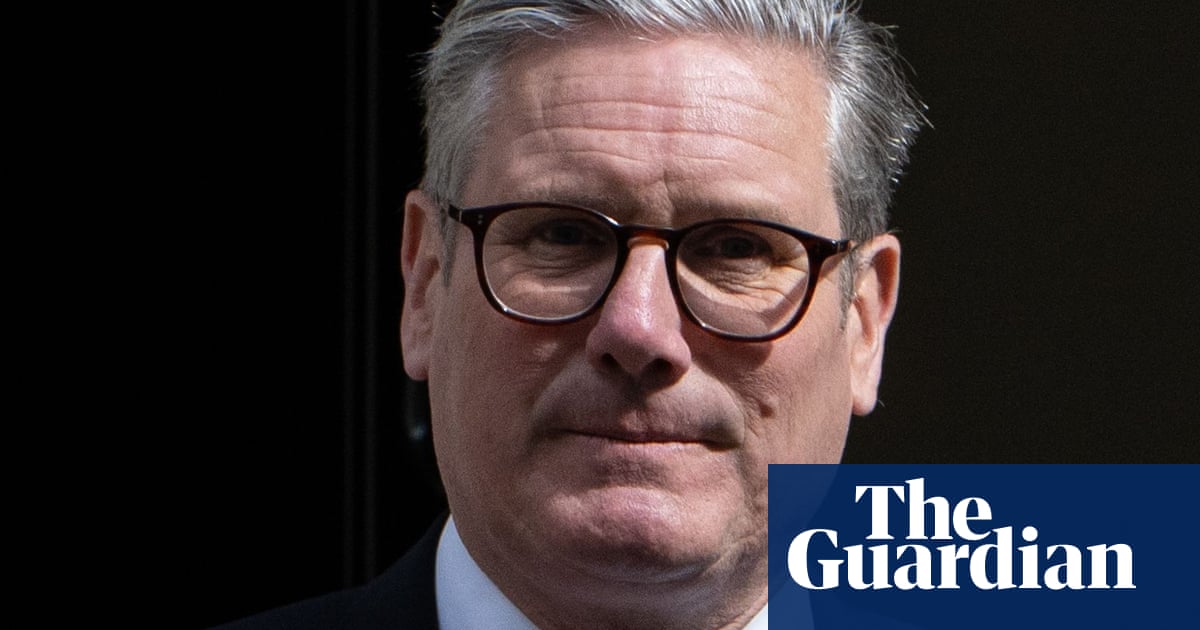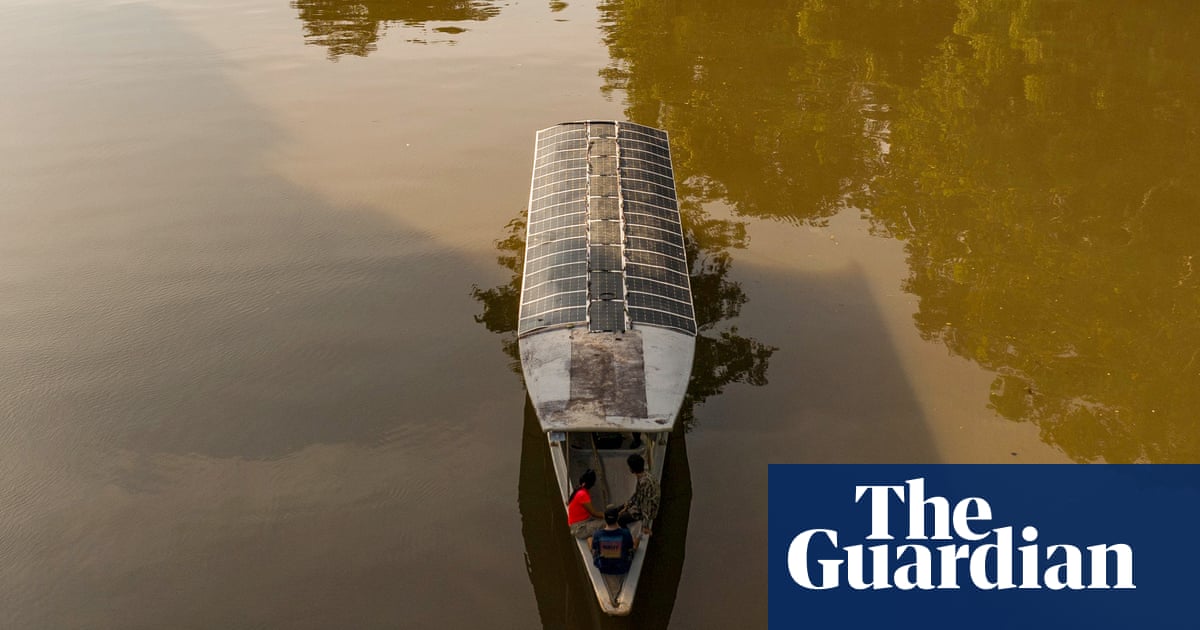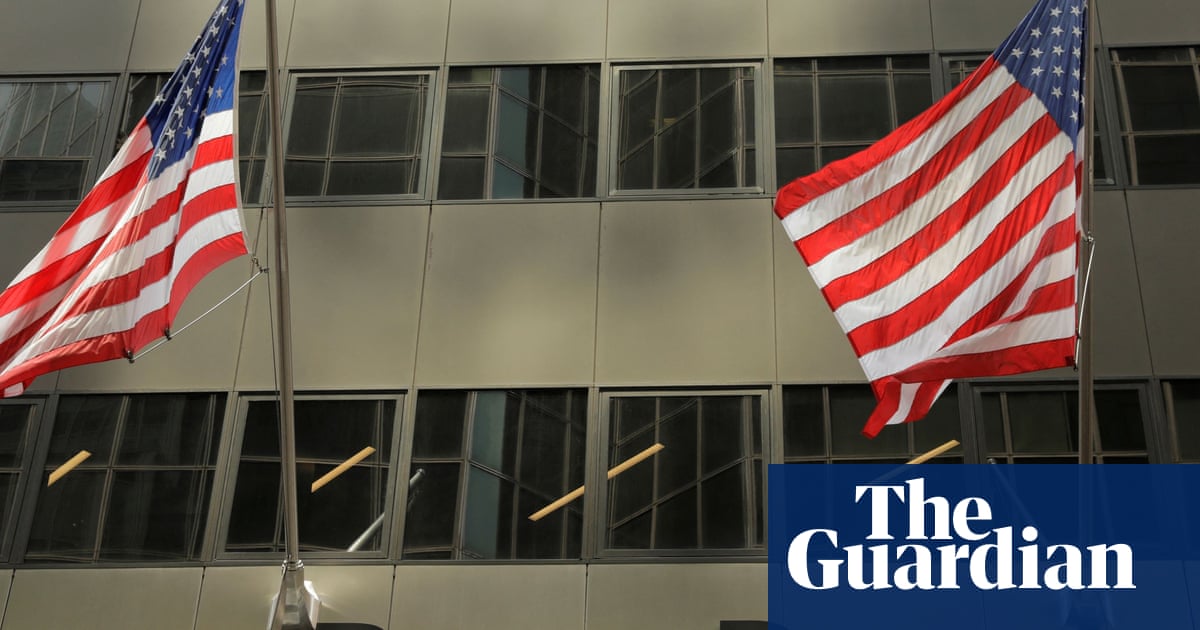When Canada’s prime minister, Mark Carney, met with Donald Trump at the White House this week, the notoriously over-prepared former central banker was no doubt expecting to discuss tariffs, trade and defence policy.
But as he sat beside the president, he was instead treated to a discourse on one of Trump’s more recondite fixations: the centuries-old border between Canada and the United States.
“Somebody drew that line many years ago with, like, a ruler – just a straight line right across the top of the country,” he told Carney and the mass of assembled reporters.
In recent months, Trump has fixated both on the idea of annexing Canada – his nation’s closest ally and one of its largest trading partners – and the idea that the border between them is no more than an “artificially drawn line” that, with force and persuasion, might be redrawn.
“We know what he’s doing there: he’s just being a troll. He’s just trying to create some chaos and some discussion. He’s not on a journey of intellectual discovery, trying to actually understand borders,” said Stephen Bown, author of Dominion: the Railway and the Rise of Canada.
“But he’s not entirely inaccurate either.”
A glance at the map of North America reveals the clean, crisp and unbroken line that spans the Lake of the Woods and then reaches to the Pacific Ocean, neatly tracing the 49th parallel.
That line was agreed on over the course of a string of negotiations between 1783 and 1846, when much of the relevant region had still not even been seen by European settlers.
“It’s not like the British and the Americans had a map and they drew a ruler on it. They didn’t have a map, and they just agreed upon this imaginary line: the 49th parallel. They just projected these imaginary lines further on to a geography that they didn’t know anything about,” said Bown.
Surveys of the lands would have revealed a far more complicated reality, which in many places makes the border nonsensical on the ground. In some place, it cuts the wrong way through mountain valleys; elsewhere, rivers wind back and forth across the frontier. And across its length, the border ignores traditional Indigenous territories.
“It runs counter to geographical or cultural sense,” said Bown. “It was just political will to put it there – and political will based in ignorance.”
At the time, the American and British Empires were racing to conquer territory and expand, while at the same time seeking to avoid all-out conflict.
“It was the era of manifest destiny. And I think those Donald Trump comments could have been lifted from the mid-19th century,” said Bown. “They’re almost like a like manifest destiny 2.0.”
Trump, who in the meeting with Carney said he considered himself a “very artistic person”, insists that he is inspired by the potential beauty of a unified continent.
“When you look at that beautiful formation, when it’s together … you know, I said, ‘That’s the way it was meant to be’,” the president said.
During a February phone call with Carney’s predecessor, Trump raised a 1908 treaty which demarcates the border, telling Justin Trudeau that he did not believe it was valid, and threatening to revisit US assent to the deal.
The prime minister’s staff were taken aback, one source told the Guardian, adding that few officials were familiar with the 117-year-old pact.

And for good reason: the treaty – formally known as the Treaty Between the United States of America and the United Kingdom Concerning the Boundary Between the United States and the Dominion of Canada from the Atlantic Ocean to the Pacific Ocean, and signed by representatives of President Theodore Roosevelt and King Edward VII – is merely a technical document.
“Trump’s fixation on that treaty has always puzzled me, because it was the least consequential of all the treaties,” Peter Hahn, a professor of American history at Ohio State University. “The 1908 settlement was really just kind of a technical adjustment of the more consequential decisions that had been made by diplomatic compromise and mutual agreement across the 19th century.”
Beginning with the Treaty of Paris in 1783 and concluding with the Oregon Treaty in 1846, the political geography of North America was decided by imperial powers.
“The 1908 treaty really just simply said that the two powers would apply modern technology to define, by joint survey, exactly where the 49th parallel was,” said Hahn. “It is really the treaty of least importance.”
Hahn says Trump’s repeated assertions that the lines are “arbitrary” are both correct – but also reflect the capricious and erratic way in which all modern borders come to exist.
“They could have compromised at the 48th parallel. They could have compromised the 50th parallel, but they decided on the 49th parallel after haggling and considering what to do. And in that sense, all borders are arbitrary,” he said.
“The border of Washington DC was arbitrary. So too are the property lines around Mar-a-Lago. It was all the product of human action and human decision-making. And in the case of the US-Canadian border, it was done so the two could get along, avoid all-out conflict and move on to more important things.”
Nonetheless, Hahn warned that abandoning a border treaty would violate international law and be a move “fraught with peril” that would put the bilateral relationship in uncharted territory.
“The US government signed the treaty. The US Senate ratified it. It was ratified by the other side. So it takes on legal force,” he said, adding that Trump had been able to blithely suggest tearing up the border agreements “because very few people understand that history or know the details. They just assume that, you know, if he’s talking about 1908 that must be the one that matters.”
And as on so many issues, experts are skeptical that Trump’s stated opinion actually reflects a policy position. Hahn suggested that rather than seriously intending to reopen border negotiations, Trump is instead hoping to use the subject as a bargaining chip in other areas.
“It’s important to remember that President Trump has a certain leadership style that is based on saying outrageous things to stir up controversy and to provoke his political critics and opponents. He seems to thrive on attention, whether it’s positive or negative,” he said.
“A lot of what he’s saying on this issue is bluster, because it fulfils that political strategy that any attention is a good thing, even if it’s negative attention.”

 5 hours ago
9
5 hours ago
9













































